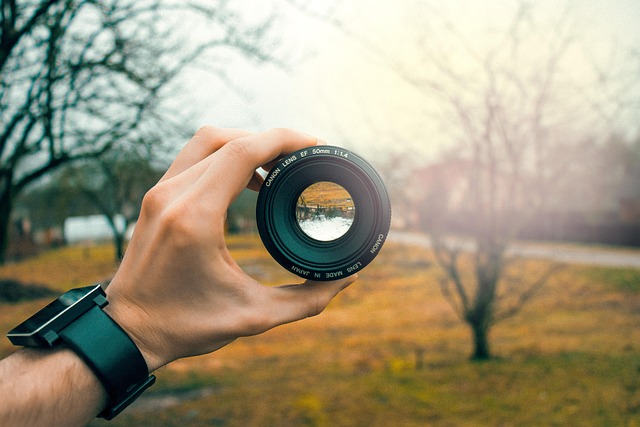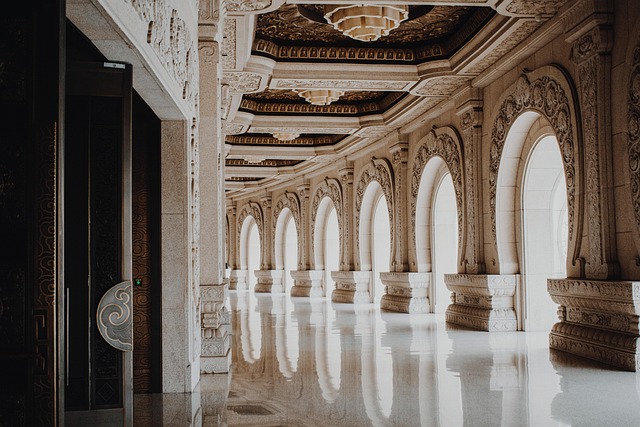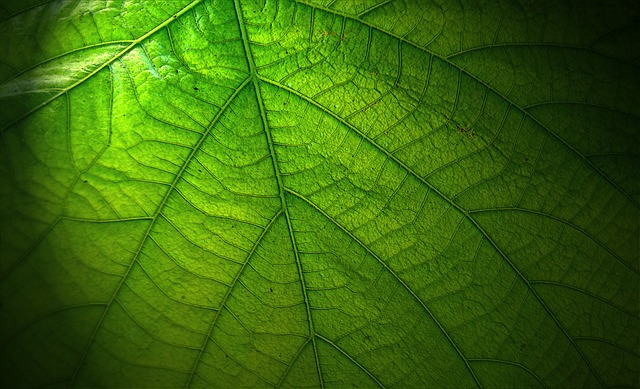The Ultimate Guide to Understanding Aperture in Photography
Photography is not just about capturing a moment; it’s an art form that blends creativity with scientific principles. One of the most crucial elements in this delicate balance is aperture. Understanding aperture is essential for any photographer, whether you’re a seasoned professional or just starting out. This blog post takes you on a journey through the intricacies of aperture, blending technical knowledge with the artistry of photography.
What is Aperture?
Aperture refers to the opening in a camera lens that allows light to enter. It is one of the fundamental components of photography, working in tandem with shutter speed and ISO to achieve proper exposure. Aperture is measured in f-stops (such as f/1.4, f/2.8, f/4), and these numbers might seem daunting at first, but they’re the keys to unlocking the world of optics.
The Creative Side of Aperture
While aperture controls the amount of light that hits the camera sensor, it also has a profound effect on the artistic nature of your photos. A wide aperture (a smaller f-stop number) creates a shallow depth of field, resulting in that beautiful, creamy background blur we photographers crave. This is perfect for portraits, making your subject stand out while softening distracting elements behind them.
Conversely, a narrow aperture (larger f-stop number) increases the depth of field, keeping more of the scene in focus. This is ideal for landscapes, where you want the entire frame — from foreground to background — to be sharp and vibrant. Playing with different aperture settings enables you to express your vision and emotions through the lens.
How Aperture Affects Exposure
Understanding how aperture interacts with light is pivotal for mastering photography. A wide aperture lets in more light, allowing for faster shutter speeds, which is especially useful in low-light situations. Imagine capturing the ethereal beauty of a sunset with the vibrant colors exploding against a blurred horizon; the right aperture can make that vision a reality.
On the other hand, a narrow aperture reduces the light entering the lens, which means slower shutter speeds. This can introduce motion blur, lending a sense of dynamism to your photos. Picture a waterfall, with the water cascading down in smooth, silky ribbons — that effect is made possible by the perfect aperture setting.
Experimenting with Aperture
One of the best ways to understand and appreciate aperture is through hands-on experimentation. Grab your camera and take it out on an adventure. Try shooting the same scene with various aperture settings. Notice how the background changes from a busy jumble to a mesmerizing blur that highlights your subject. This experience will deepen your connection to the craft and enhance your photographic storytelling.
Aperture and Lens Choice
The lens you choose can significantly influence how you utilize aperture. Prime lenses often offer wider apertures (such as f/1.8 or f/1.4) that can help you achieve beautiful bokeh for portraits or low-light capabilities. Zoom lenses may not always go as wide but offer flexibility for framing and composition. Choose your lens wisely and let it guide your creative vision.
Aperture is more than a technical specification; it’s a creative tool that shapes how we perceive and capture the world through our cameras. Embrace the power of aperture, and let your photography journey reflect your unique perspective.




